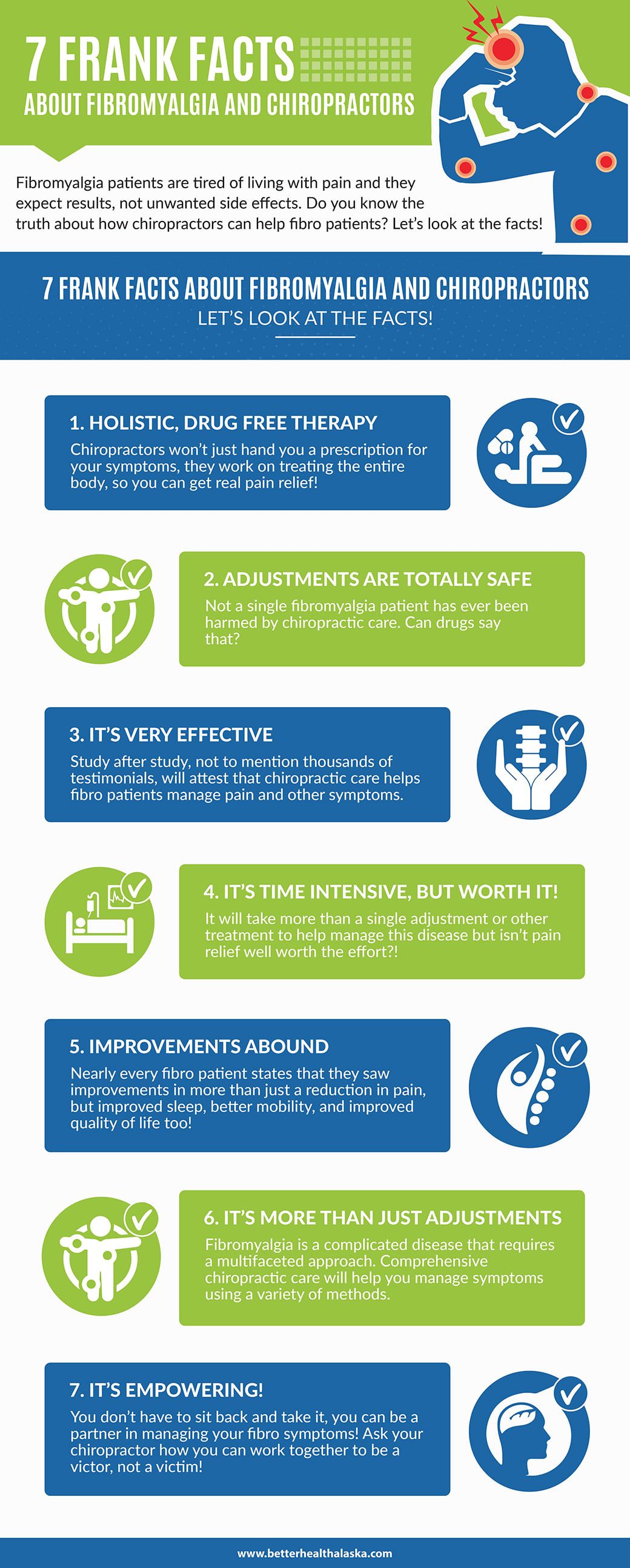Just When You Think Alleviation Is Near, Soft Tissue Treatment Discloses Its Awkward Facts-- Uncover Why The Procedure Can Be Agonizing Yet Valuable
Just When You Think Alleviation Is Near, Soft Tissue Treatment Discloses Its Awkward Facts-- Uncover Why The Procedure Can Be Agonizing Yet Valuable
Blog Article
Web Content Written By-Boysen Rytter
When you undertake soft Tissue therapy, you may discover it surprisingly uneasy. This pain develops as stress is applied to strained muscles and damaged cells, causing your discomfort receptors. While it can really feel distressing in the moment, there's a reason behind this feeling. Recognizing what takes place in your body during these treatments can aid you appreciate the procedure. So, what exactly is going on underneath the surface?
The Physiology of Discomfort During Soft Tissue Therapy
When you go through soft Tissue therapy, your body's action to discomfort is an intricate interaction of physiological processes. As the therapist uses pressure, your body turns on discomfort receptors, sending out signals to your brain. This activates the launch of neurotransmitters, such as material P and glutamate, which enhance the feeling of discomfort.
Your muscular tissues might also tense up in feedback, more complicating the experience. In addition, your body may launch endorphins, all-natural painkillers that can help ease some pain.
The communication in between these processes can create an one-of-a-kind experience for every individual. Comprehending this physical action aids you browse the sensations throughout therapy, enabling you to appreciate the balance between discomfort and the possibility for healing benefits.
The Function of Pain in the Healing Process
Although pain during soft Tissue treatment can feel frustrating, it plays a critical duty in the recovery process. When you experience pain, your body is signaling that it's functioning to fix damaged tissues. This reaction assists boost blood flow to the damaged area, supplying crucial nutrients and oxygen required for healing.
In addition, discomfort can promote the launch of endorphins, your body's natural pain relievers, producing a sense of relief post-treatment. Welcoming this discomfort can assist you comprehend your body's limits and encourage you to address underlying concerns.
While it's uncomfortable currently, this process is crucial for lasting recuperation and enhanced feature. Identifying pain as a vital part of healing can encourage you to stay dedicated to your therapy.
Tips for Handling Discomfort During and After Therapy
Taking care of discomfort throughout and after soft Tissue therapy can dramatically boost your overall experience and recovery.
To start, communicate openly with your therapist regarding your discomfort degrees; they can adjust strategies appropriately. Utilizing deep breathing techniques can also assist you relax and relieve discomfort.
Take into consideration applying ice to the cured location post-session to decrease inflammation and numb pain. Remaining hydrated help in the recuperation process, so consume plenty of water.
Gentle extending and light motion after treatment can promote blood circulation and ease stiffness. Lastly, ensure you get sufficient remainder to permit your body to heal.
Implementing these tips can make your soft Tissue treatment a lot more manageable and enjoyable.
https://rafaeliexsl.blog2news.com/33678715/interested-concerning-how-sports-massage-therapy-methods-can-elevate-your-training-and-protect-against-injuries-discover-the-transformative-advantages-that-await-your-routine , while soft Tissue therapy can be unpleasant, it's crucial to identify that this pain plays an important role in your healing journey. By understanding the physical reactions at play, you can approach the therapy with a more positive frame of mind. Remember, the preliminary pain typically paves the way to alleviation as your body releases endorphins. Welcome lactobacillus plantarum lp 115 , and don't think twice to make use of the pointers for managing pain to improve your experience and recovery.
